Unlocking the Future: How Sustainable Packaging Suppliers Are Revolutionizing Eco-Friendly Innovation
In an era where environmental sustainability has become a paramount concern for consumers and businesses alike, Sustainable Packaging Suppliers are at the forefront of a transformative revolution. According to a recent report by Smithers, the global sustainable packaging market is projected to reach $500 billion by 2027, highlighting a significant shift towards eco-friendly innovation. This surge in demand is driven by increasing regulatory pressures and growing consumer awareness about plastic waste and its impact on the planet. Furthermore, a survey conducted by McKinsey & Company revealed that 60% of consumers are willing to pay more for products that come in sustainable packaging. As these suppliers innovate with materials such as biodegradable plastics and recyclable composites, they are not only redefining packaging standards but also paving the way for a more sustainable future. Through their efforts, they are proving that profitability and sustainability can go hand in hand, ultimately reshaping how industries approach packaging solutions.

Identifying Key Trends in Sustainable Packaging: Data-Driven Insights
The sustainable packaging industry is witnessing a seismic shift driven by data-driven insights that reveal key trends shaping eco-friendly innovation. One major trend is the increased use of biodegradable materials. Suppliers are now prioritizing sources like plant-based plastics and compostable packaging alternatives, which not only reduce reliance on fossil fuels but also minimize landfill waste. This transition is informed by consumer preferences that lean towards products with lower environmental impact, prompting companies to adopt these innovative materials in their packaging solutions.
Another significant trend is the rise of minimalist packaging design. As awareness of sustainability grows, brands are reevaluating their packaging aesthetics to eliminate excess and focus on essential components. This shift not only reduces materials and costs but also appeals to consumers who appreciate a clean, simple look that resonates with their values of sustainability. Companies are leveraging data analytics to understand consumer behavior, enabling them to create packaging that is not only functional but also aligned with the principles of environmental responsibility.
Unlocking the Future: Key Trends in Sustainable Packaging
Innovative Materials That Define the Future of Eco-Friendly Packaging Solutions
The landscape of sustainable packaging is evolving rapidly, driven by innovative materials that cater to the growing demand for eco-friendly solutions. According to a report by Allied Market Research, the global sustainable packaging market is projected to reach $654.72 billion by 2027, growing at a CAGR of 9.74% from 2020. This surge is largely attributed to the increasing consumer preference for environmentally responsible products, propelling suppliers to innovate continuously.
One notable trend is the rise of bioplastics, which are derived from renewable biomass sources. A recent study by the Bioplastics Industry Association indicates that the global bioplastics market is expected to reach 2.43 million metric tons by 2023, showcasing a dramatic shift from traditional petroleum-based plastics. Additionally, advances in materials such="molded fiber" and post-consumer recycled content are playing significant roles in redefining packaging strategies across various industries.
These innovative materials not only reduce carbon footprints but also deliver performance efficiencies often surpassing their conventional counterparts, making them increasingly attractive to manufacturers and consumers alike.
How Sustainable Packaging Reduces Carbon Footprint: Industry Statistics Explained
The sustainable packaging industry is witnessing a significant transformation as companies focus on reducing their carbon footprint. By leveraging various materials such as recycled plastics, including PET, HDPE, PP, and LDPE, industry players are not only minimizing waste but also enhancing the lifecycle of products. According to industry reports, the recycled plastics market is expected to grow substantially, reflecting an increasing commitment to eco-friendly practices.

Additionally, the reusable packaging sector is becoming increasingly prominent. According to estimates from the Reusable Packaging Association, utilizing reusable packaging can reduce CO2 emissions by up to 60%. The global market for returnable transport packaging (RTP) is predicted to reach $35.5 billion by 2033, growing at a compound annual growth rate of 4.35%. This surge underscores a broader trend within the fast-moving consumer goods (FMCG) packaging market, which is projected to expand as manufacturers seek sustainable solutions to meet consumer demands and regulatory pressures.
The Role of Technology in Advancing Sustainable Packaging Practices
The advancement of technology plays a pivotal role in enhancing sustainable packaging practices, as industries strive to reduce their environmental footprint. According to a report by Smithers Pira, the global sustainable packaging market is expected to reach $1 trillion by 2024, highlighting a significant shift in consumer demand for eco-friendly solutions. Innovations such as biodegradable materials, improved recycling technologies, and the use of renewable resources are at the forefront of this transformation. Companies are increasingly investing in advanced materials that not only reduce waste but also maintain product integrity, responding to both regulatory pressures and shifting consumer preferences.
Moreover, digital technologies are revolutionizing how packaging is designed, produced, and recycled. For instance, the introduction of smart packaging solutions enables companies to track the lifecycle of their products, ensuring greater transparency and accountability. A report from the Ellen MacArthur Foundation indicates that enhancing recycling processes through technology could save the global economy up to $1 trillion in material costs by 2030. As businesses integrate technologies such as AI and IoT into their packaging processes, they can optimize production efficiency while minimizing resource consumption, paving the way for a more sustainable future in packaging.
Consumer Demand for Eco-Friendly Packaging: What the Numbers Reveal
Consumer interest in eco-friendly packaging has been surging, driven by a growing awareness of environmental issues and a desire for sustainable practices. According to a recent report by Smithers Pira, the global market for sustainable packaging is projected to reach $440 billion by 2026, growing at a compound annual growth rate (CAGR) of 5.1%. This shift in consumer preferences reflects a broader trend where 74% of shoppers indicate a willingness to pay more for packaging that is environmentally friendly, as reported by Nielsen.

The demand for sustainable packaging is not just a fleeting trend; it's a fundamental change in consumer behavior. A survey conducted by the Sustainable Packaging Coalition revealed that 67% of respondents actively look for packaging that is recyclable or compostable. In response to this rising demand, companies are innovating beyond traditional materials, exploring alternatives made from plant-based resources and biodegradable composites. This commitment to sustainability not only aligns with consumer values but also paves the way for suppliers to differentiate themselves in a competitive market.
Related Posts
-
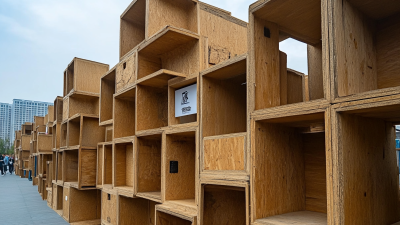
Top 10 Sustainable Packaging Manufacturers from China at the 137th Canton Fair
-
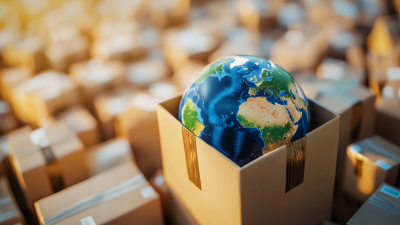
Comprehensive Insights on Choosing Planet Friendly Packaging for Global Sourcing
-
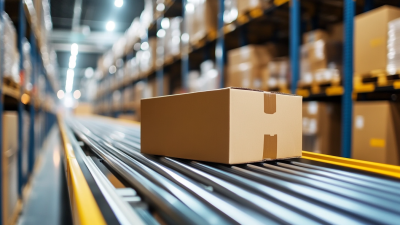
Finding High Quality Suppliers in the Best Packaging Products Sector for Global Buyers
-
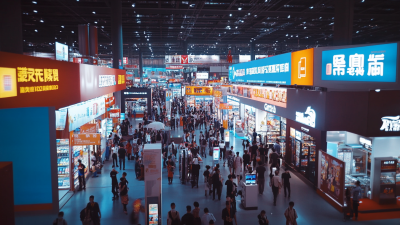
Unlocking Global Opportunities with Packaging Labels at the 137th Canton Fair in Guangzhou
-
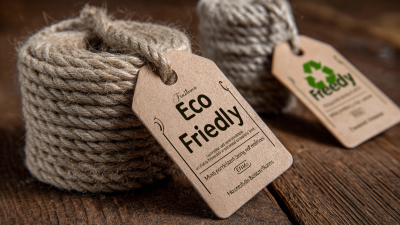
How to Maximize After-Sales Support and Minimize Repair Costs for Eco-Friendly Product Labels
-
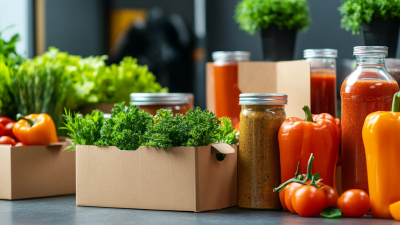
Innovative Food Packaging Solutions 5 Compelling Reasons to Upgrade Your Supply Chain
